New Category:
Music Video production: original composition, audio, video project (All aspects evaluated e.g. sound mixing and editing, the composition, the performance, the video design/effects/impact).
www.iymcompetitions.org
Check out their June competition for composers!
https://www.internationalyouthmusiccompetitions.org/june.html
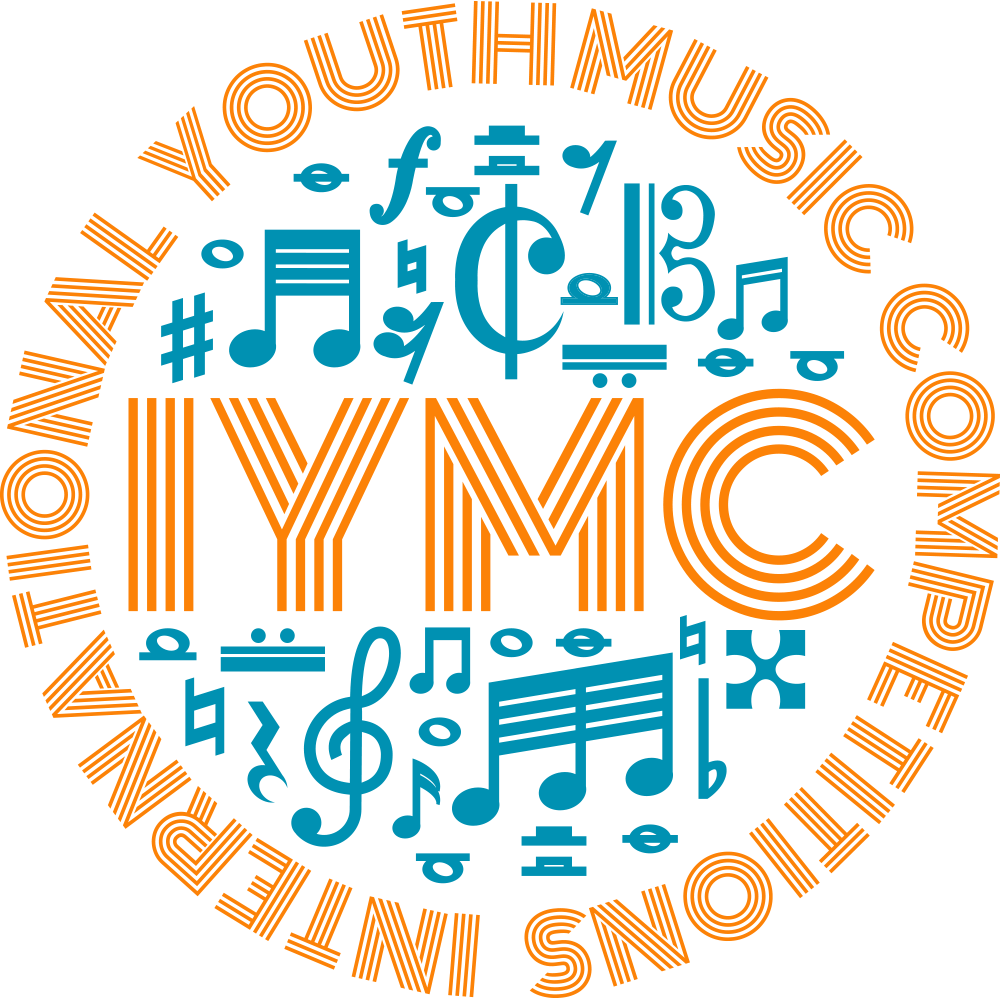

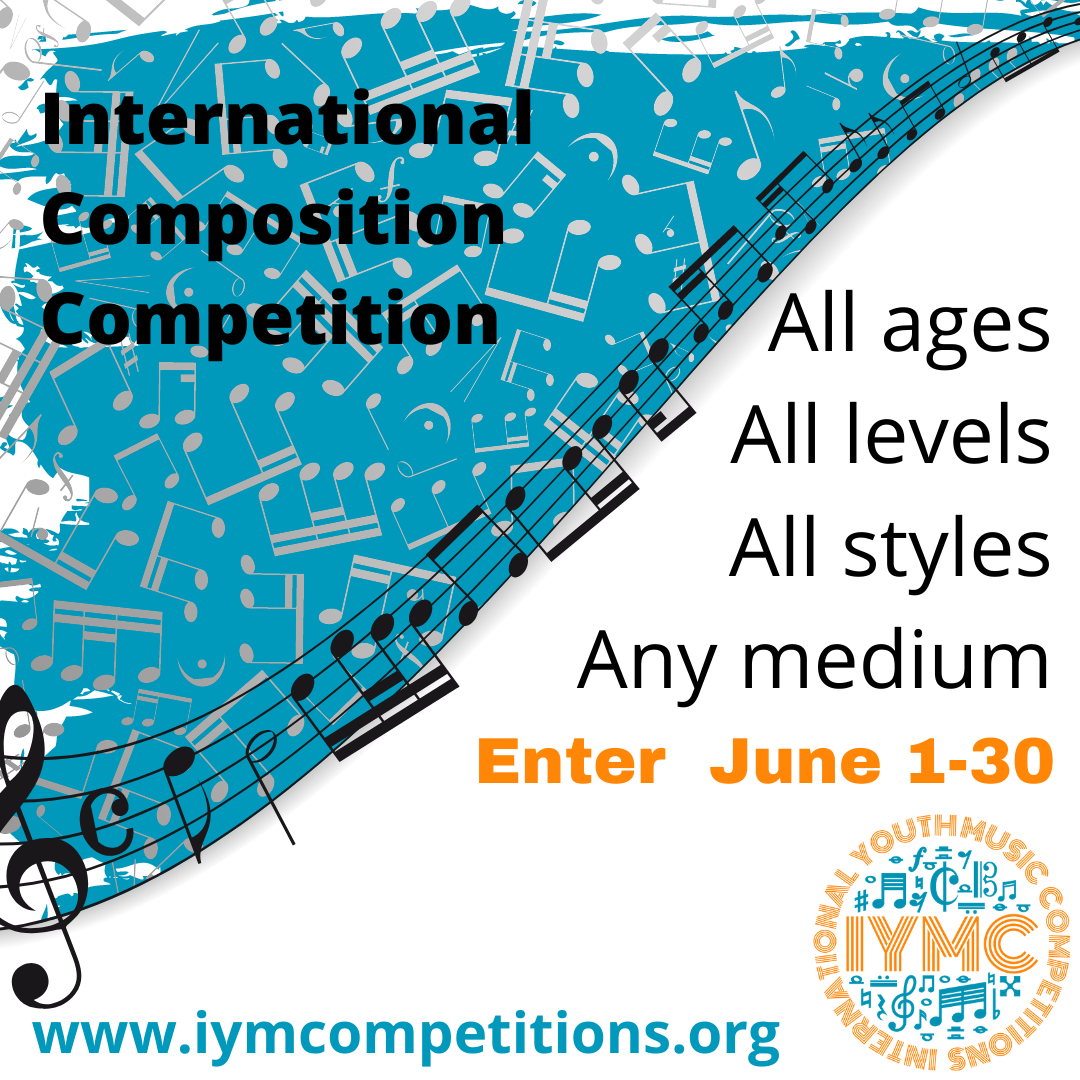

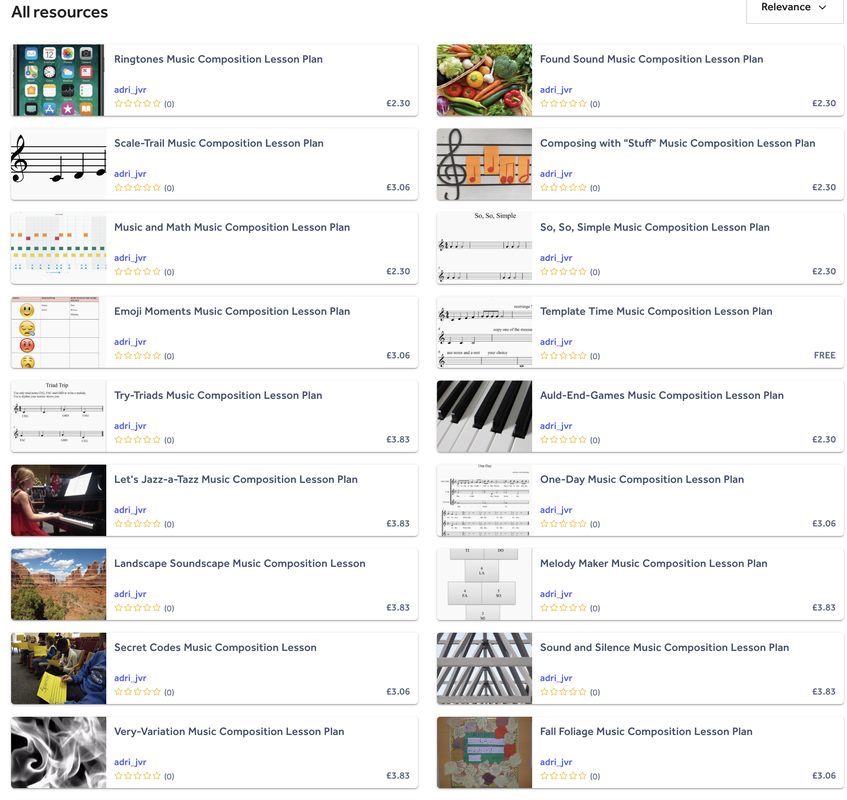
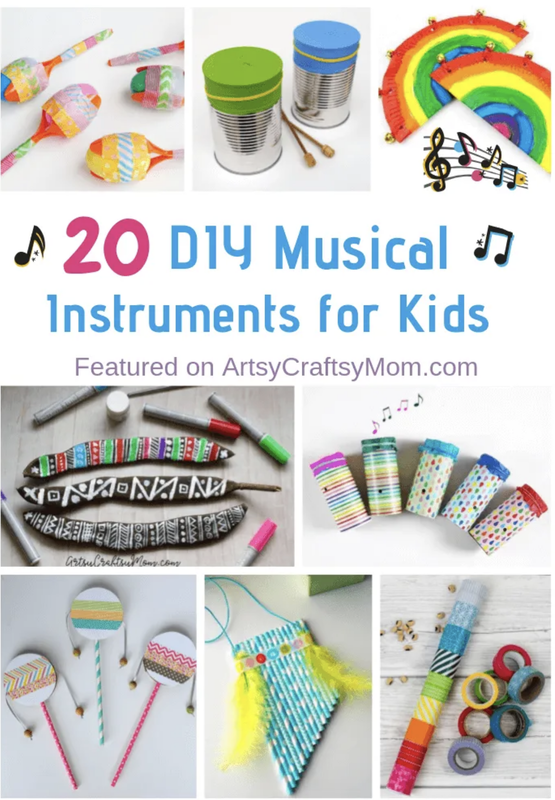

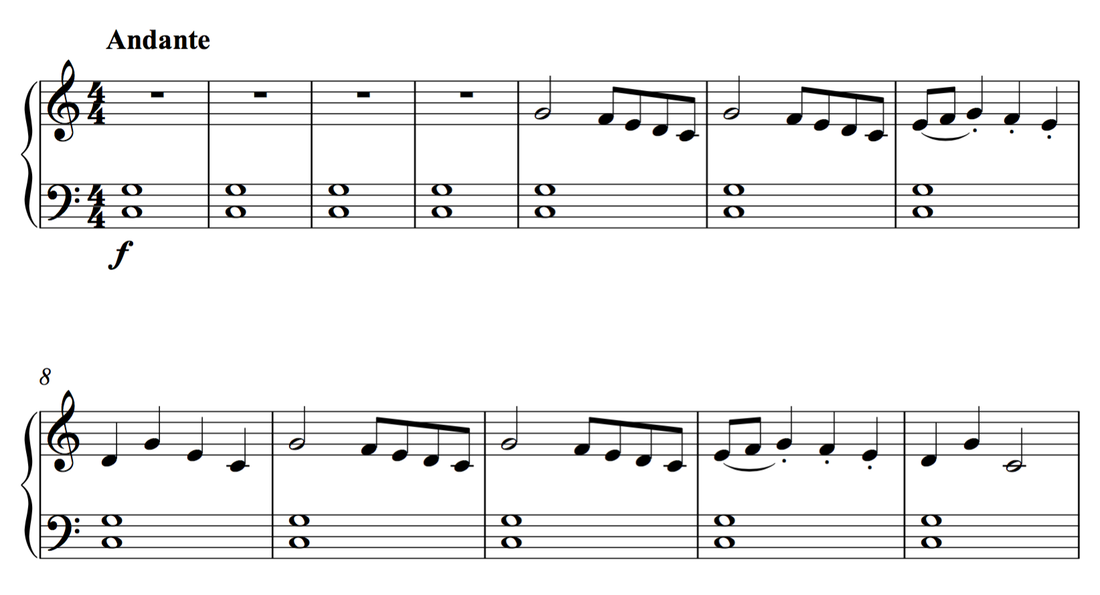

 RSS Feed
RSS Feed